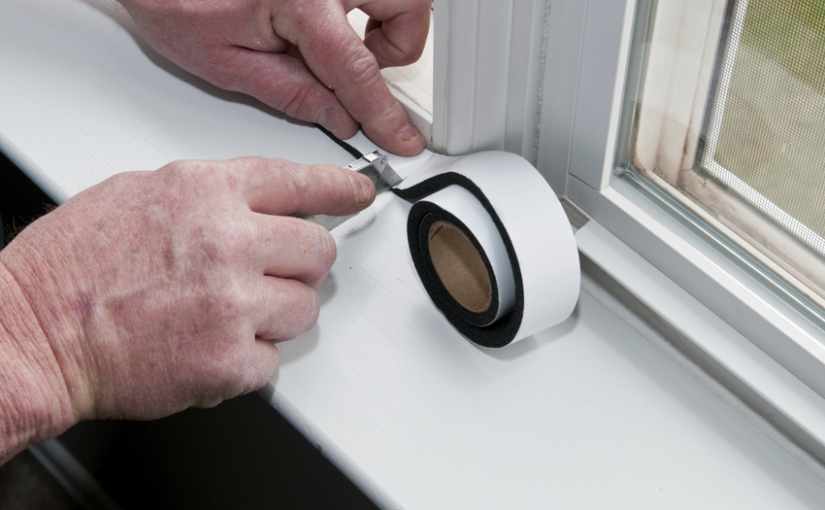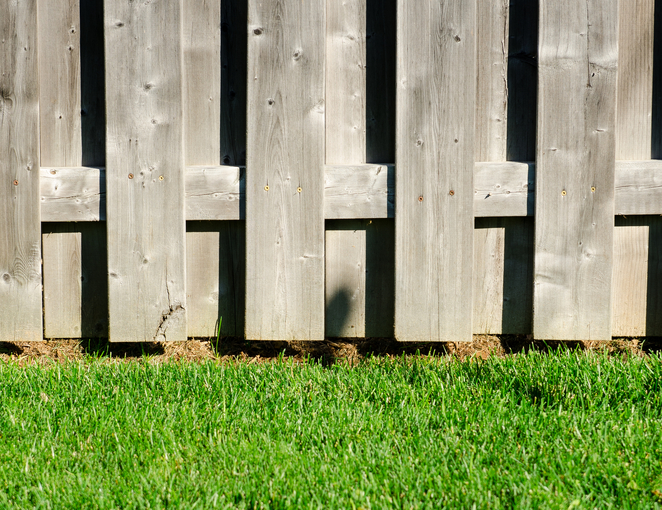With winter quickly approaching, bringing increasingly colder weather, we thought it might be a good idea to repost some advice for preparing for the season. If you haven’t already done so, you might go through these items and make sure your home and furnace are ready to keep you warm this holiday season!
Furnace Maintenance
Routine Check: this is the time of the year when you cannot have a faulty furnace. Have your furnace checked to ensure that it is clean, well oiled, and rightly tuned to take you through winter. The plus side is that a furnace that’s in great condition is cheaper to use in the long run.
Change Filters: dirty filters will limit the flow of air and expend more energy. Check your filters to see if they need to be changed and always have extra filters handy. Do not change filters without switching off the power first.
Upgrade: Your furnace was not made to last forever. The average lifespan of a furnace is 20-25 years and its age will determine the kind of maintenance it’ll need and if you’re due for a repair, replacement or upgrade. If your furnace has aged to the point where it’s more faulty than functional, or where its efficiency cannot be guaranteed, you need to consult an expert to upgrade to a new unit.
Your Fan Is Winter Friendly Too: I bet you think of your fan only when you want cool air but that’s not all your fan can do. Check for a handy switch on your fan, this switch reverses the direction in which the blade moves i.e clockwise rotation for warmer air. So you can take the heat off your furnace once in a while and reduce your heating costs by at least 10%.
Winter-proof Your Home
Draft Protection: Cold drafts of air can frustrate the efforts you put towards keeping your home warm or make it seem like your furnace isn’t efficient. So, while you’re thinking of keeping the warmth in, be sure that there are no channels to let in drafts. A thick towel or scraps of fabric rolled and arranged nicely can be put under doors and windows to keep out the cold.
Storm Doors and Windows: Storm doors and windows are designed to increase energy efficiency. They keep drafts out while allowing light and ventilation in.
Insulation Kits: A window insulation kit will increase your home’s ability to retain heat. It comes in invisible and aesthetically appealing kits, so your home will be warm and welcoming. You will also need regular insulation for your attic floors, basement ceilings, pipes, and walls. Have your duct system checked and sealed to avoid the escape of heated air.
Caulking and Weather-stripping: Check along places in your home where different building materials meet such as window and door edges, exit points for pipes and wires, etc. Seal up any gaps accordingly with caulking and weather-stripping.




